The Labyrinth of Villa Garzoni in Collodi, a maze for lovers
An ancient labyrinth, though it has survived in different forms than it did centuries ago, inside one of Tuscany’s most beautiful villas . This is the labyrinth of Villa Garzoni, one of Italy’s most fascinating historic residences, famous not only for its imposing architecture and Italianate garden, but also for its maze, a small living work of art that invites visitors to get lost and find themselves among its boxwood hedges.
To fully understand the romantic magic of this small but fascinating labyrinth, it is essential to start with the history of Villa Garzoni, a splendid 17th-century villa that serves as a spectacular architectural backdrop to the village of Collodi, not far from Pistoia, and is now managed by the Carlo Collodi National Foundation National Edition of the Works of Carlo Lorenzini, which also manages Pinocchio Park. Built by the Garzoni family, originally from Pescia, the villa is first mentioned in 1633 (although the Garzoni family had owned its land for at least three centuries), when Romano Garzoni had the first palace designed, complete with garden, which at the time was much smaller than it is today. In fact, the garden began to take its present form beginning in 1652, when it was enlarged and assumed the peculiar terraced layout that it retains to this day, a solution made necessary by the steep slope on which the garden is built (and indeed the climb up to the top ... is not of the least strenuous).
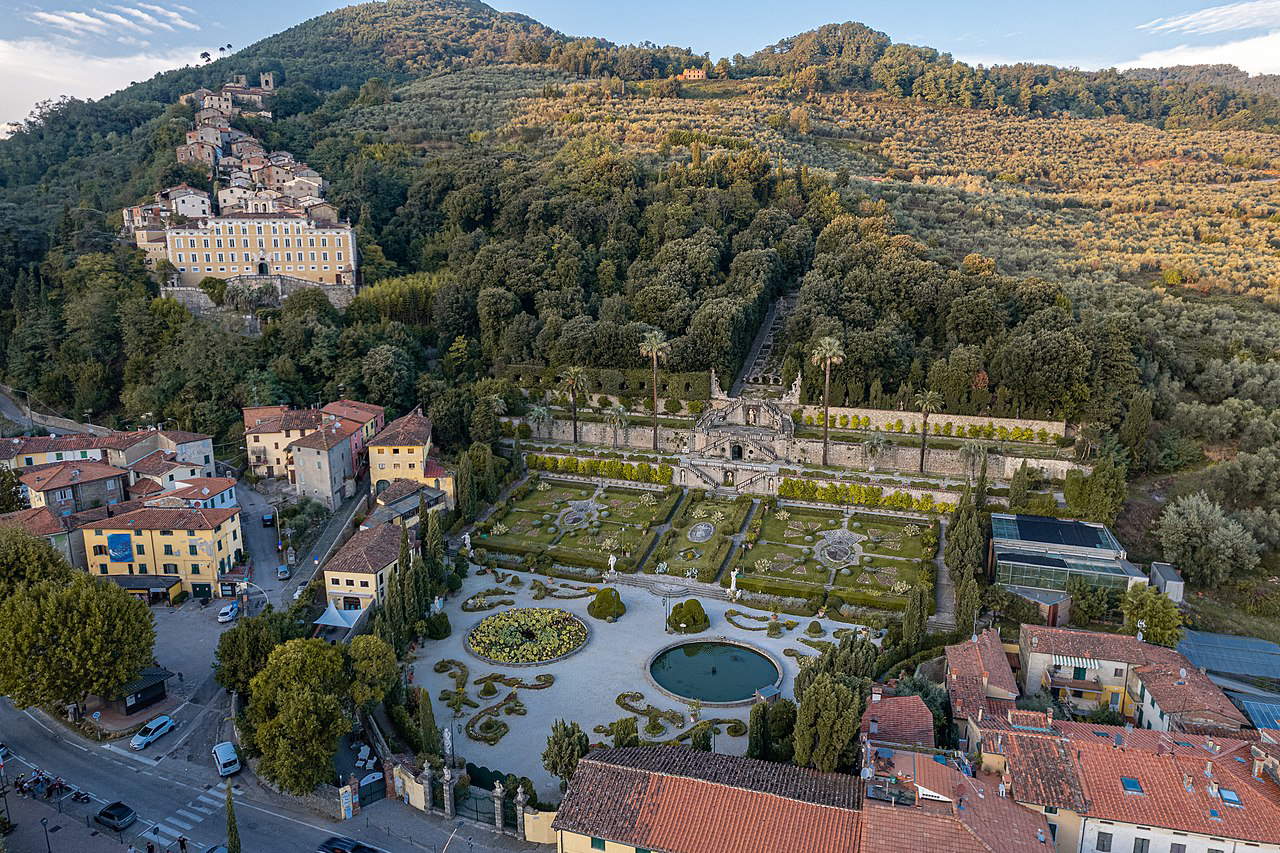
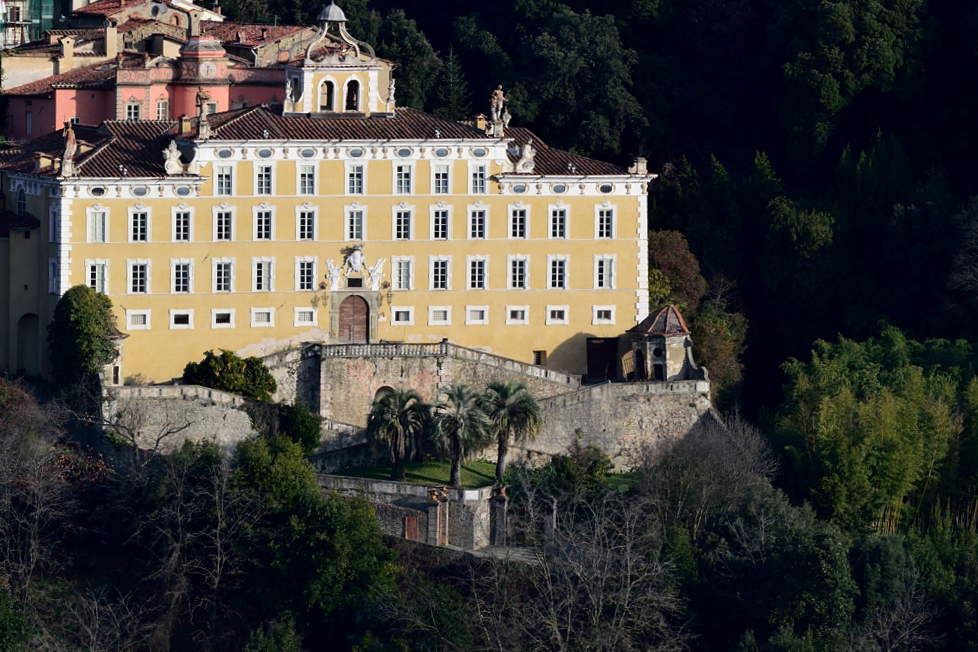
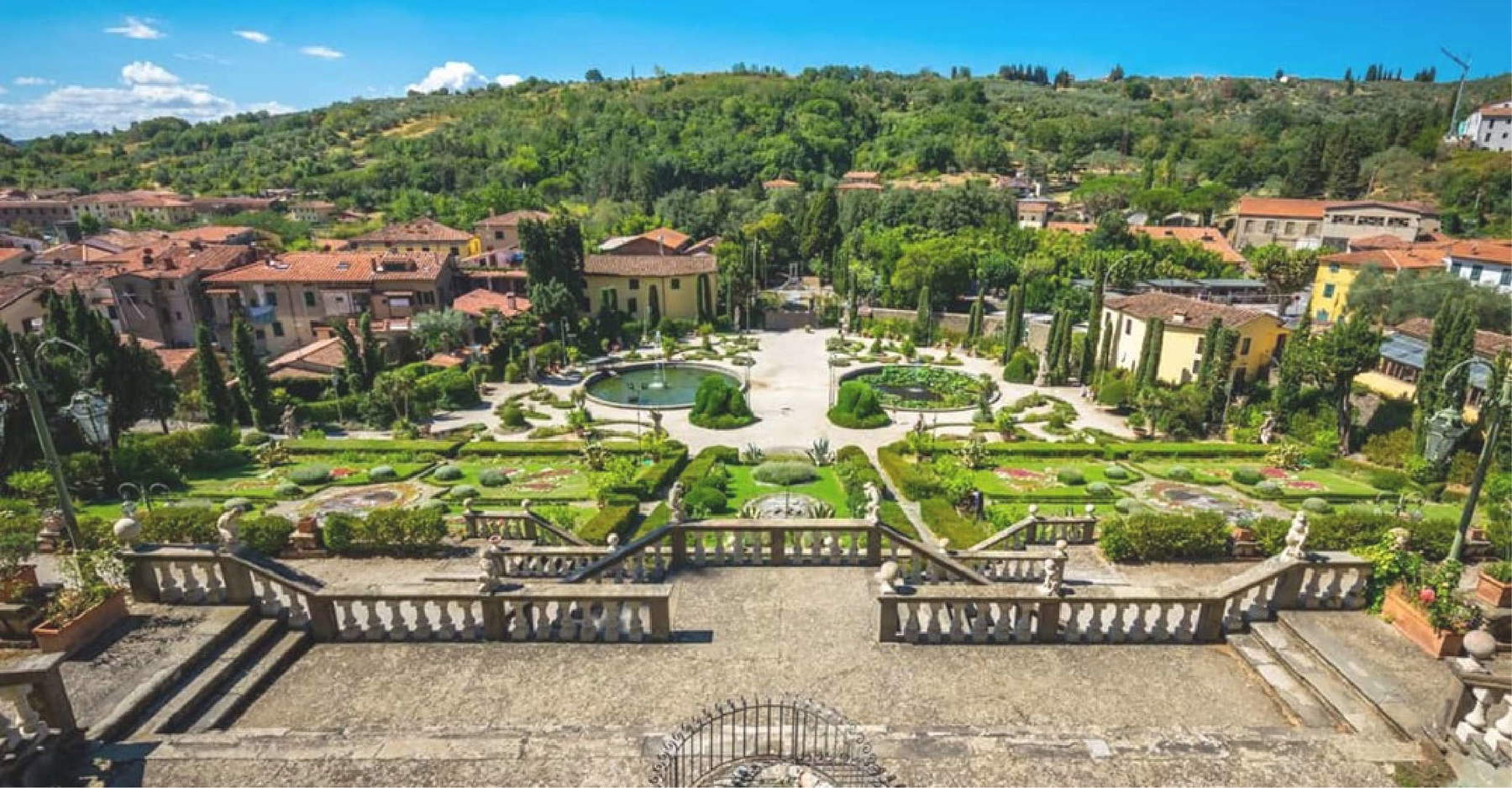
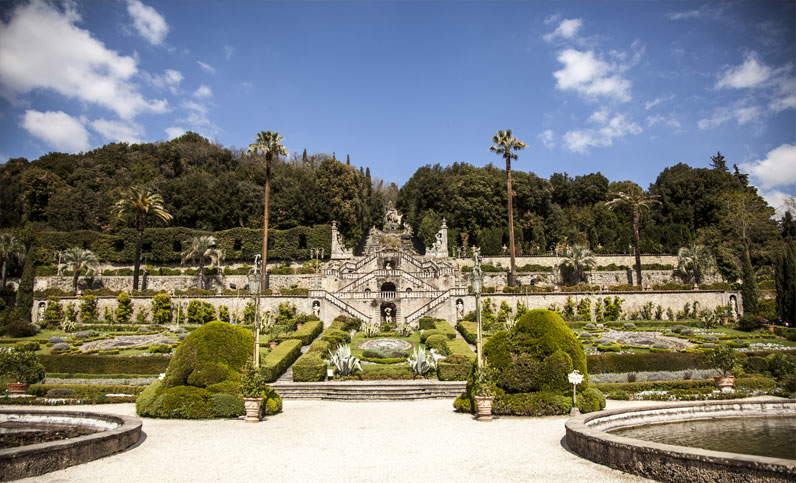
The garden of Villa Garzoni is one of the most beautiful and best preserved gardens in Tuscany, a masterpiece of landscape design that took more than two centuries to reach its present form. The garden is a triumph of geometry and perspective, with terraces, fountains, statues and flower beds following one another in a kind of exuberant harmony that makes it a late Baroque jewel and one of the most scenic gardens in Italy. Gravel paths lead visitors through a series of terraces adorned with statues and fountains, in a crescendo of wonder that culminates in the panoramic view of the valley below. Every corner of the garden is designed to surprise and delight, with water features and hidden nooks and crannies inviting contemplation. The statues that adorn the garden represent mythological and allegorical figures, each with a symbolic meaning that enriches the visitor’s experience. Statues of Pan, god of the woods, and Flora, goddess of flowers, flank the entrance to the garden, while further on, within the parterre, here are statues of Diana and Apollo amidst boxwood hedges. In the large nymphaeum one can see the statues of Neptune and Tritons that pay homage to the power of water. But it is not only the statues that capture one’s attention: the plants themselves, arranged in geometric flowerbeds and pruned into precise shapes, are the stars of this natural spectacle (one need only visit the verzura theater to realize this). The large and long Water Staircase, a kind of stepped waterfall that runs vertically through the garden leading to the various floors, leads up to the “summit,” from which one can enjoy not only a view of the surrounding valley, but also of the garden from above. It is here that the Statue of Fame is located, from where water (from its cornucopia in particular) flows out before flowing into the Staircase.
It is precisely the labyrinth that is one of the most special places in Villa Garzoni. We know that it already existed in that very year 1652 when work began on the expansion of the garden: the maze is mentioned in the poem Le pompe di Collodi, delitiosissima villa del signor cavalier Roman Garzoni written by Francesco Sbarra, and then again in 1680 in Domenico Duccini’s Terrilogio. However, we do not know if the labyrinth was born that year, or was even earlier, nor do we know what its conformation was at the time: there is, however, a planimetry, dated 1797, in which we can see the location of the labyrinth within the garden (that is, beyond the woods, near the villan’s cave, named for the presence of an eighteenth-century statue depicting a peasant), as well as its conformation. However, today’s labyrinth does not resemble that of 1797: in fact, the boxwood hedges that make it up have been rearranged and restructured several times over the centuries.
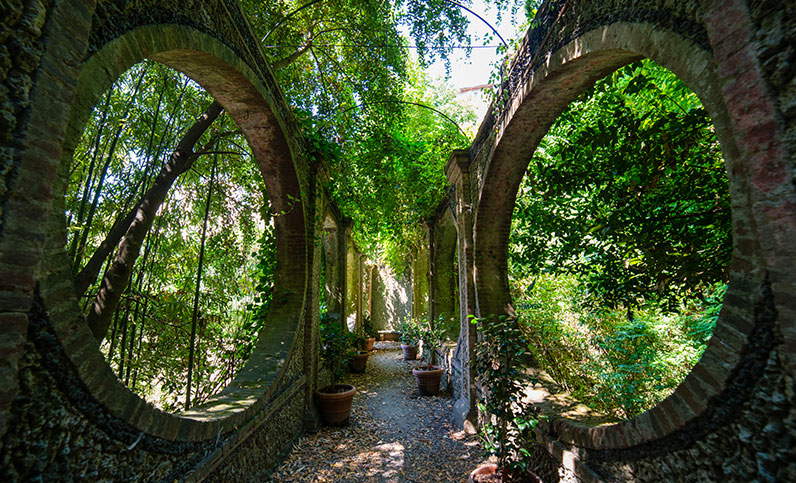
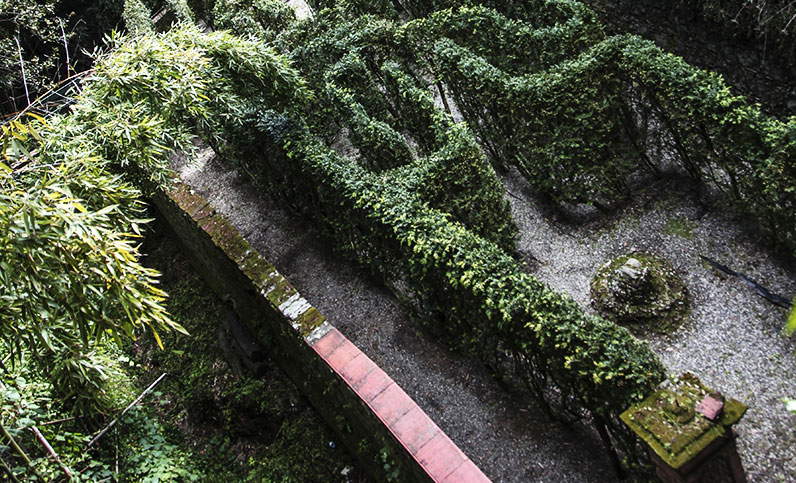
To enter a labyrinth is, typically, to embark on a journey of self-discovery. Each step leads to a new fork, a new choice to be made. The labyrinth is a microcosm of life, where the path is never linear and detours can lead to unexpected discoveries. Getting lost in its hedges is part of the game, but the real challenge is finding the way out, a goal that, once reached, gives indescribable satisfaction. Here, however, it is different. Of course, the construction of the labyrinth also responded to an aesthetic desire, to the desire to enrich the garden of Villa Garzoni with an element of rupture, but at the same time it was also a “game” typical of Baroque and late Baroque parks. For many, in fact, the labyrinth was a kind of amusement: it served to pass the time, to offer some moments of entertainment to the guests. This is the case, for example, for the labyrinth of Villa Pisani in Stra, despite its layout being one of the most complicated in Europe. And for that of Villa Garzoni it is the same thing: a labyrinth to entertain. So much so that, originally, the labyrinth of Villa Garzoni, placed as mentioned near the villan’s cave, was also full of water games. Jokes that took those who entered the labyrinth by surprise. Indeed, above the statue of the villan there is an inscription that reads, “Terme del laberinto all’ombra fresca / le delitie romane han qui ridotte / sgorga fonte gentil tra queste grotte / che sebbene caldo sia molti rinfresca.” It seems at any rate that the labyrinth was a delight especially for couples. And even today there is a tradition that engaged couples who try to walk the labyrinth will have marriage and happy and long love affair in the future. It then turns out that Carlo Lorenzini, the Collodi author of Pinocchio, also worked as a gardener at Villa Garzoni. And perhaps the labyrinth may have inspired him-some ideas for his tale.
An elegant amusement, a scenic element, a theater of encounters between lovers and fiancés, the labyrinth at Villa Garzoni is not just a tangle of hedges. Its magic lies in its history, its intimate and secluded beauty. Its contained scale does not reduce the intensity of the experience; on the contrary, it makes it even more fascinating. The labyrinth becomes a small universe, a perfectly curated microcosm where every turn and corner is designed to surprise and delight. Its compactness invites deeper reflection, allowing the visitor to focus on every detail, every shade of green, every change of direction. A small treasure chest of wonders in which one discovers that it is not the size that defines the adventure, but the care with which each step is experienced.
 |
| The Labyrinth of Villa Garzoni in Collodi, a maze for lovers |
Warning: the translation into English of the original Italian article was created using automatic tools. We undertake to review all articles, but we do not guarantee the total absence of inaccuracies in the translation due to the program. You can find the original by clicking on the ITA button. If you find any mistake,please contact us.



























